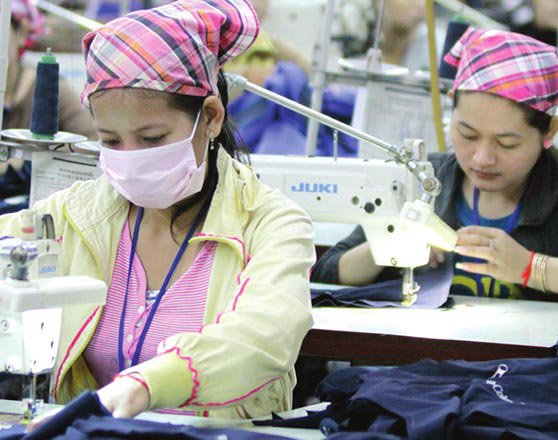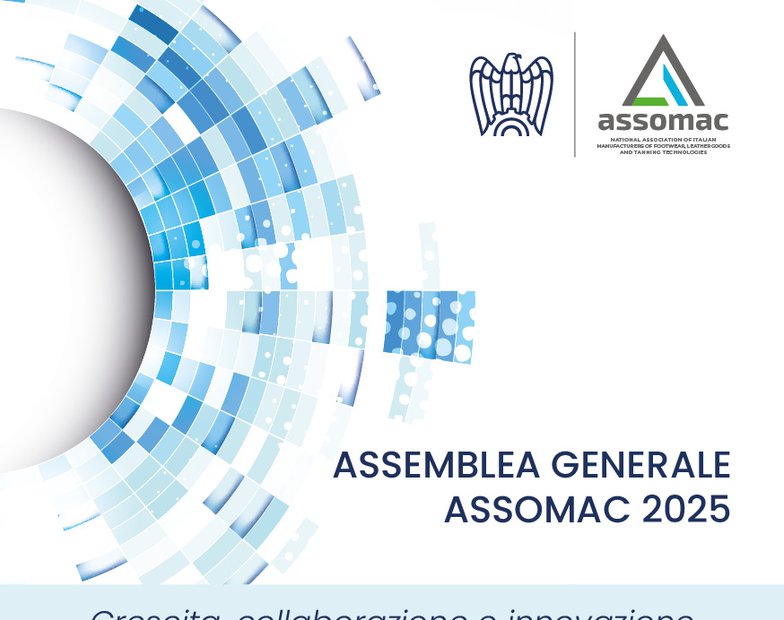According to the Khmer Times, the new EU Strategy for Sustainable and Circular Textiles harms Cambodia's largest export sector, Garment Footwear and Travel Goods (GFT).
The EU Corporate Sustainability Directive draft is designed to make large EU, and non-EU companies active in the EU Human Rights and Environmental Due Diligence (HREDD) measures throughout their supply chains, once the draft turns into law, which is expected to be approved in a few months.
Tom Hesketh, Deputy Director of the European Chamber of Commerce in Cambodia, EuroCham, explained the implications of the directive for Cambodia, saying, “Currently, Cambodia’s largest exports to the EU are garments, footwear, travel goods, bicycles, and certain food products. Thus, initially, at least, these product sectors will be most affected by the draft directive once enacted. Of note, SMEs active in the EU are currently not in the scope of the directive, so it does place responsibility in the hands of the largest companies.”
Massimiliano Tropeano, EuroChams Sustainability and Garment Expert, sees the clock ticking for Cambodian garment factories supplying European brands ready for the European Commission’s new rules to be passed.
“There is a final proposal to be put in front of the Commission to make supply chains cleaner using renewable energies and fewer fossil fuels and consider human rights issues. I think that the brands will have to work harder to prepare factories that supply them because we have discovered that quite a few factories are not so worried about the new rules because their brands have not told them anything yet,” he said.
He’s hopeful that the work that EuroCham is doing with GIZ towards driving awareness of this European Due Diligence will speed things up.
Hesketh sees the two actors that will play a role in helping factories change their practices: the brands that the Cambodian garment factories supply and the government.
“The industry has famously tight margins, and many factories will not change their processes unless they have to. From our own study on the awareness of garment factories of the June 2021 German Supply Chain Due Diligence Law — which could be described as a precursor to the Draft EU Directive — we found there are two drivers for new regulations to be taken up by factories. Factories are either requested to comply by the companies they are supplying or mandated to comply by national law,” he said, noting that the brands themselves wanted to see these new changes in the supply chains. “It was great to see that members of the EU private sector actually pushed for the Draft Directive, and it is likely these same large companies and brands will play a role in communicating upcoming regulations to the factories they work with”.
Hesketh also gave credit to the Garment Manufacturing Association in Cambodia (GMAC) for being “highly successful in performing this coordinating role in Cambodia”, saying that “Industry associations have an integral role here.”
Tropeano spoke of how The Ministry of Economy and Finance (MEF), the recent launch of the new strategy for the GFT sector, can help push the industry in the right direction and towards reform in environmentally sustainable practices.
“Renewable energies are important in the garment sector policy because European brands are asking for it and the government strategy for the GFT interprets renewables in a broad sense,” he said while identifying a significant hurdle for factories wishing to adopt solar energy.
“Despite what the EDC says, the cost of electricity in Cambodia is high. It’s the highest in the region. The biggest industrial sectors should be able to install solar panels on their roofs without limitations. But the EDC puts a limit on how much you can produce from solar panels, as well as imposing what’s called a ‘capacity charge’ which is a large tax on all the electricity produced that you don’t use,” explained Tropeano, before noting the potential for investment in solar if the charge was to be removed.
“The legal framework is not viable for investment. Without the capacity charge, the return on investment would be three years, which is reasonable. The return on investment with the capacity charge is 8-10 years which is completely out of scope,” he said, adding, “I hope it will evolve into a more liberalised sector.”
The other environmental hot topic for the Garment industry concerns waste.
“Recycling is essential for the sector because according to the Ministry of the Environment data, the majority of the waste collected by Sarom Trading (licensed by the MoE to collect waste in Phnom Penh and Kandal province) from the garment industry,” said Tropeano. He also highlighted the dilemma facing the government: “If the amount of waste is so large that a lot of it ends up in landfills, that’s bad. The landfills are getting full, and the government is scrambling to create new ones.”
A multipronged approach to the problem is how Tropeano thinks it should be addressed
“Another option is incineration at the Chip Mong plant. It’s not the best solution, but it’s better than the landfill. The best thing is to facilitate recycling and therefore we’re happy that this has been included in the Government strategy,” he said, adding, “GIZ has taken an initiative with major brands and the Hong Kong Research Institute of Textiles and Apparel (HKRITA) for the installation of what’s called the Green Machine which would recycle this waste. At the moment it’s only in the phase of a feasibility study which will conclude in a few months.”
Hesketh is hopeful that factories will see the sense in compliance with the measures to be introduced with the approval of the EU’s Due Diligence rules in the months ahead.
“Though there is a risk the occasional factory could pass a snapshot audit without implementing compliant HREDD measures all the time, this is outweighed by the benefits, the cross-sectoral shift towards more responsible practices that the draft directive promotes and mandates,” he said.
With all these changes in store for the GFT sector, Tropeano noted the government’s new strategy involving upskilling to produce higher-value goods.
“The sector of value-added produce in Cambodia should grow, and for this to happen, machinery and skilled labour are required. Skilled can be supported by the Cambodian Garment Training Institute (CGTI) which is doing a tremendous job,” he said, adding, “All the members of GMAC have a credit they can use to send their employees to the training centres, but unfortunately not all members are doing this which is a very short-sighted strategy not to invest time in training. It’s like they are preferring the egg today instead of the chicken tomorrow.”



